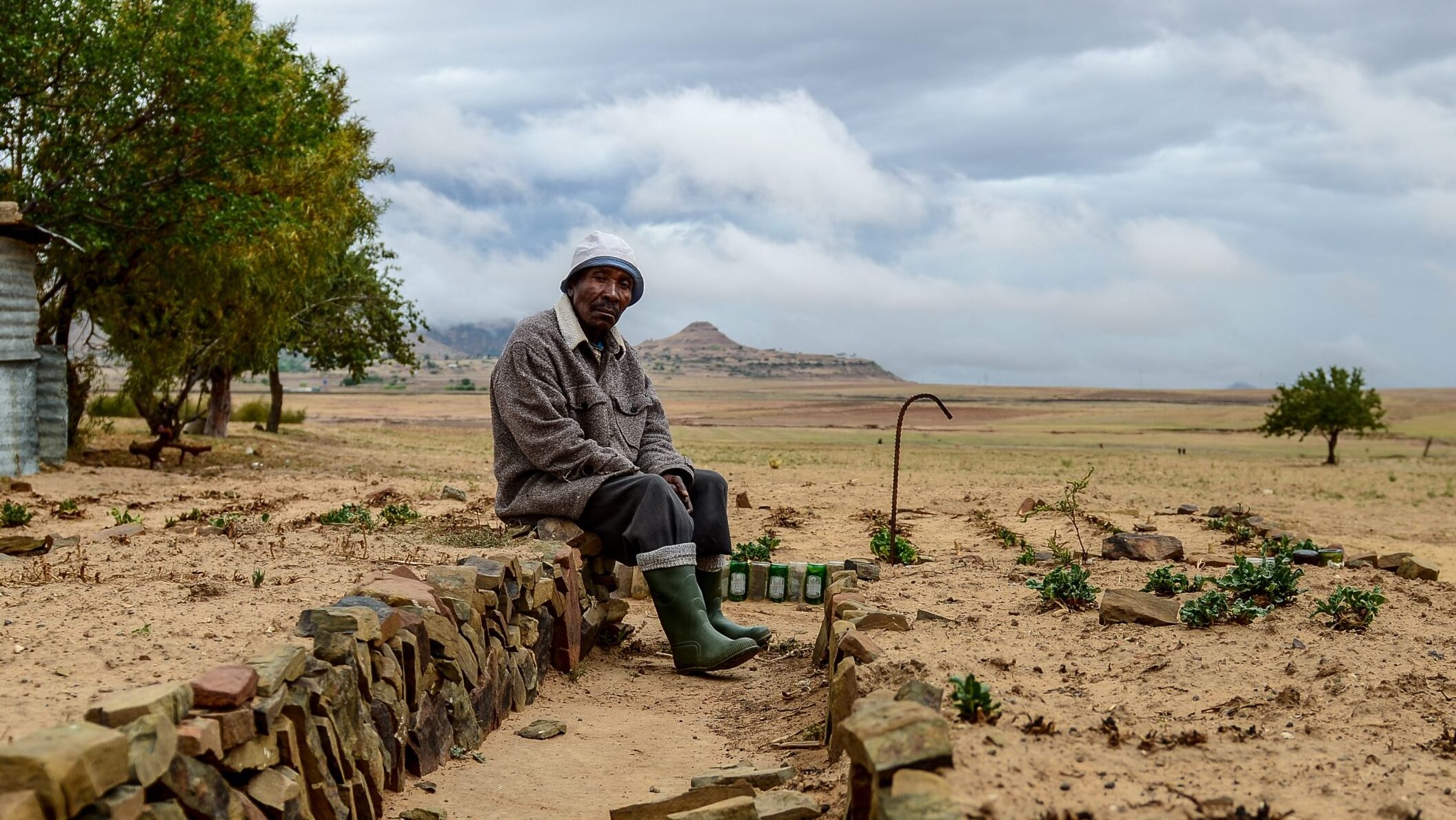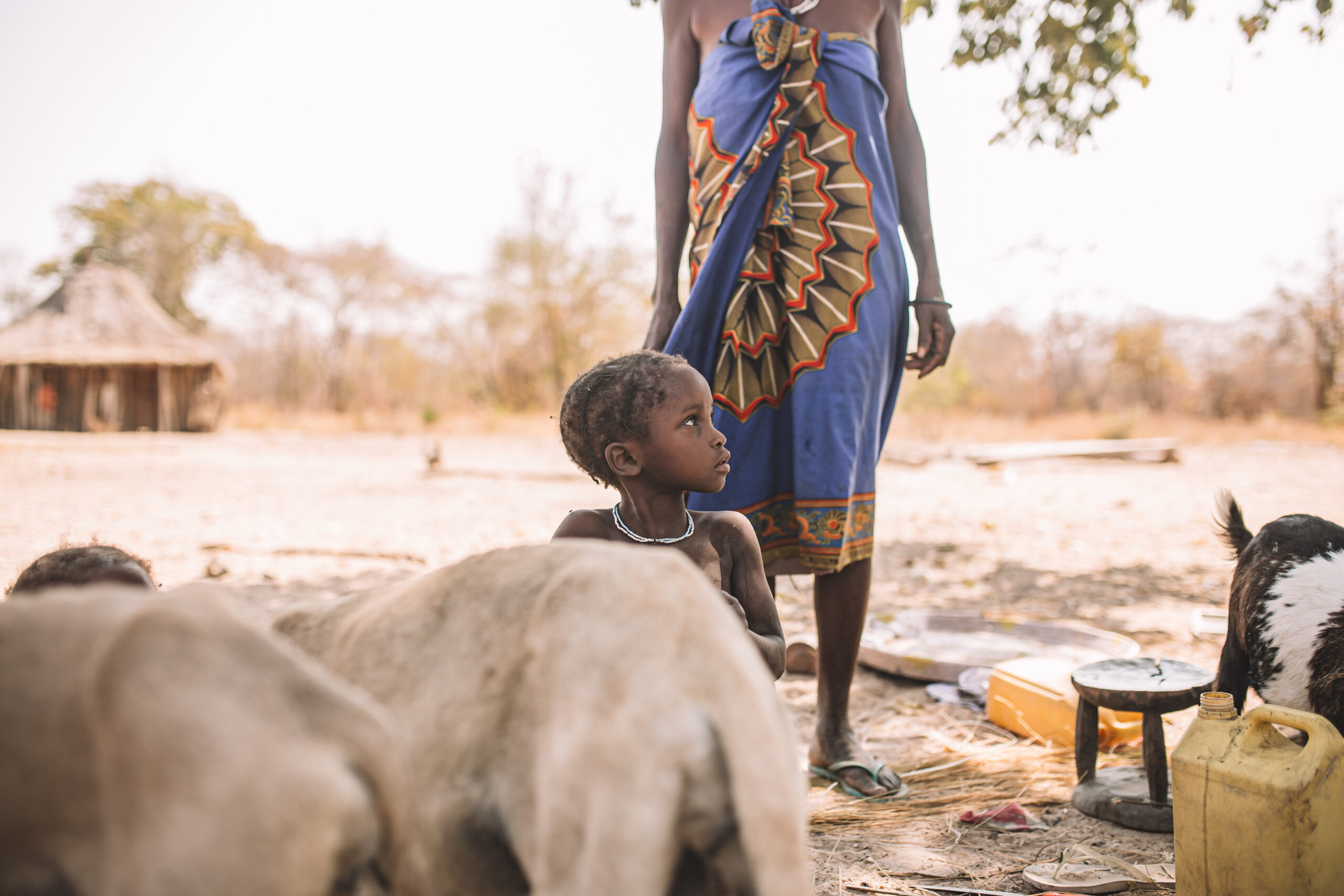Drought
Key documentation and products developed by partners for supporting Community Engagement for Drought Response

Situation
The Horn of Africa is currently facing the fourth consecutive below-average rainfall season since late 2020 due to La Niña conditions, which is aggravating the current water crisis and ongoing drought in five countries. Up to 20 million people in Djibouti, Ethiopia, Eritrea, Kenya, Somalia will need water and food assistance until the end of 2022 due to drought, insecurity, conflict and economic challenges. Early climate forecasts suggest an increased probability of another below-average season between October and December 2022. (UNICEF, 6 Jun 2022)
Worsening drought conditions in southern Ethiopia, eastern and northern Kenya, and southern and central Somalia led to severe water and pasture shortages, livestock deaths, below-average harvests (65 percent in Somalia & 70 percent in marginal agricultural areas of Kenya), sharply increasing cereal and other staple food prices while also eroding household purchasing power.
A fourth consecutive below-average rainfall season is highly likely during GU (March to May) rains complicating the situation … The risk of skyrocketing domestic food inflation remains high in six out of the ten Eastern Africa countries, four of which are already experiencing double-digit food inflation (13 percent in Somalia, 16 percent in Burundi, 42 percent in Ethiopia and 258 percent in Sudan). Sudan, Eritrea, and Djibouti are the highest at risk of increased and higher inflation because of the Ukraine’s war. (WFP, 5 May 2022)

KEY RESOURCES
Drought in East Africa: Needs Assessment of Older People
Assessment Of Drought Resilience Frameworks In The Horn Of Africa
Operational Strategy – Kenya | Hunger Crisis 2021-2022
Nawiri Illeret Report 2022
Livelihoods Change, Drought, and Malnutrition in Illeret, Northern Kenya
Another Humanitarian (and Political) Crisis in Somalia in 2022
Digital insights on climate Listening to online conversations in Eastern and Southern Africa
Health Status and Health Care Needs of Drought-Related Migrants in the Horn of Africa—A Qualitative Investigation
Pathways From Peace To Resilience: Evidence from the Greater Horn of Africa on the Links between Conflict Management and Resilience to Food Security Shocks
Report On Children’s Consultation On Hunger Kenya
KNOWLEDGE HUBS ON DROUGHT
Horn of Africa Resource Portal
CCEA messages and resources continuously updated and available for those working on the response compiled by CDAC Network
Social Science in action
Selected social science reports or briefs on Drought compiled by SSHAP

